Rip Currents: The Hidden Hurricane Hazard
Understand how hurricanes cause deadly rip currents and why you should know the risk before heading to the beach.
Rip Current Overview
What are they?
Rip currents are powerful streams of water that flow from the nearshore, where swimmers enter the water, out towards the open ocean.
They are caused by a combination of factors, including wind, waves, and the shape of the coastline.
Where do they form?
Whether in the ocean or other large bodies of water, rip currents are always present on any beach with breaking waves.
- Along structures, such as jetties, piers, or natural rocks. Water can collect along these structures and create a flow that moves back out to sea, which can be dangerous to swimmers.
- Between breaks in sandbars or reefs. Potential rip currents can form unexpectedly between these features, catching swimmers off guard.
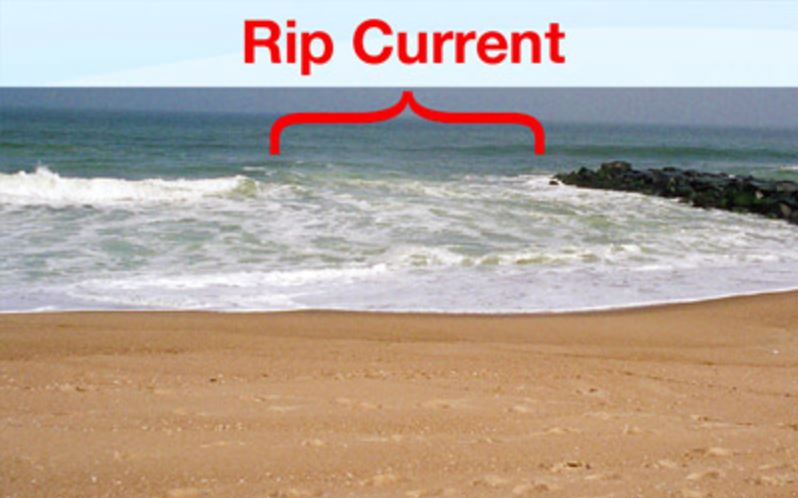
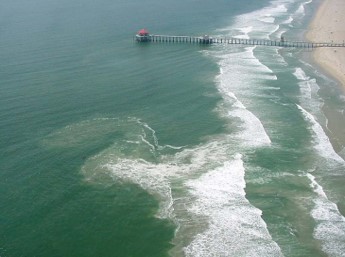
When do they form?
- On any day when breaking waves are present
- Most often during low tide. Typically, they are more prominent at low tide due to the presence of breaking waves.
- Pulse on and off throughout the day
- A key sign that a rip current could form is if waves are crashing in succession. The larger the waves, the stronger the rip current.
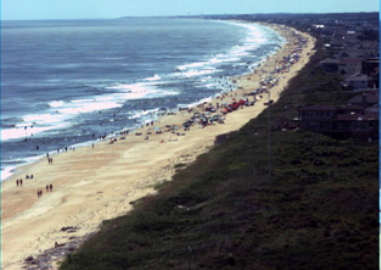
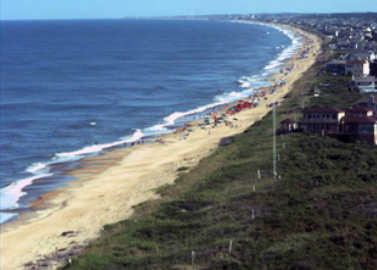
How do your spot one?
Look for...
- A narrow gap of darker, seemingly calmer water between areas of breaking waves and whitewater.
- A channel of churning, choppy water.
- A difference in water color.
- A line of foam, seaweed or debris moving seaward.
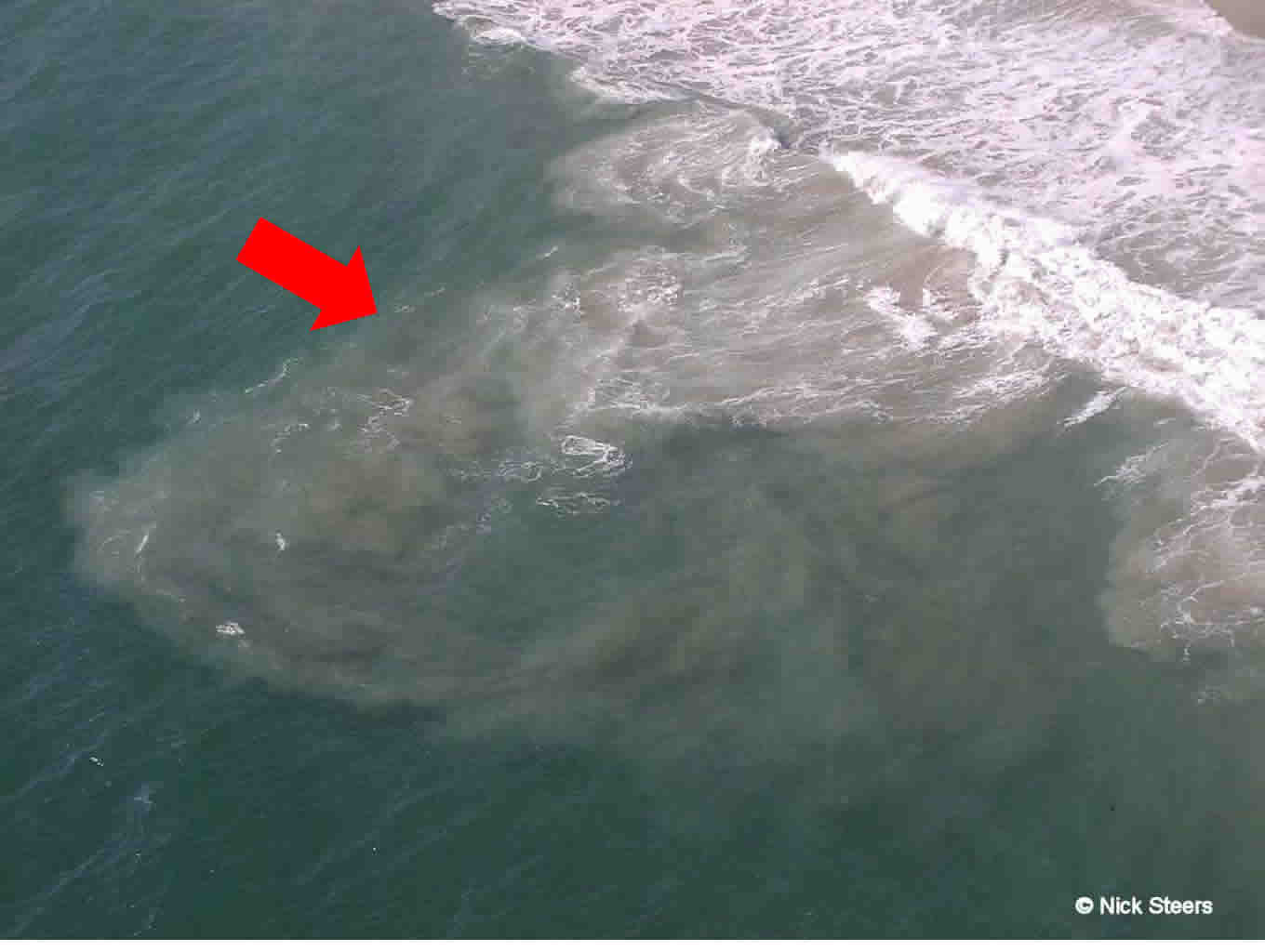
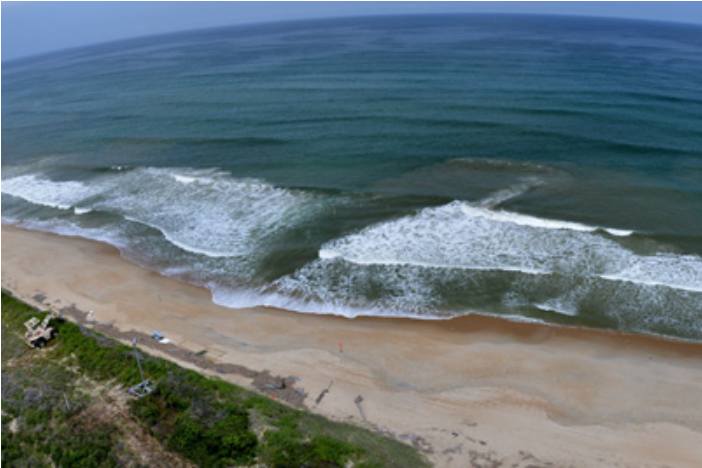
Learn more about this topic at NWS Rip Current Science.


